
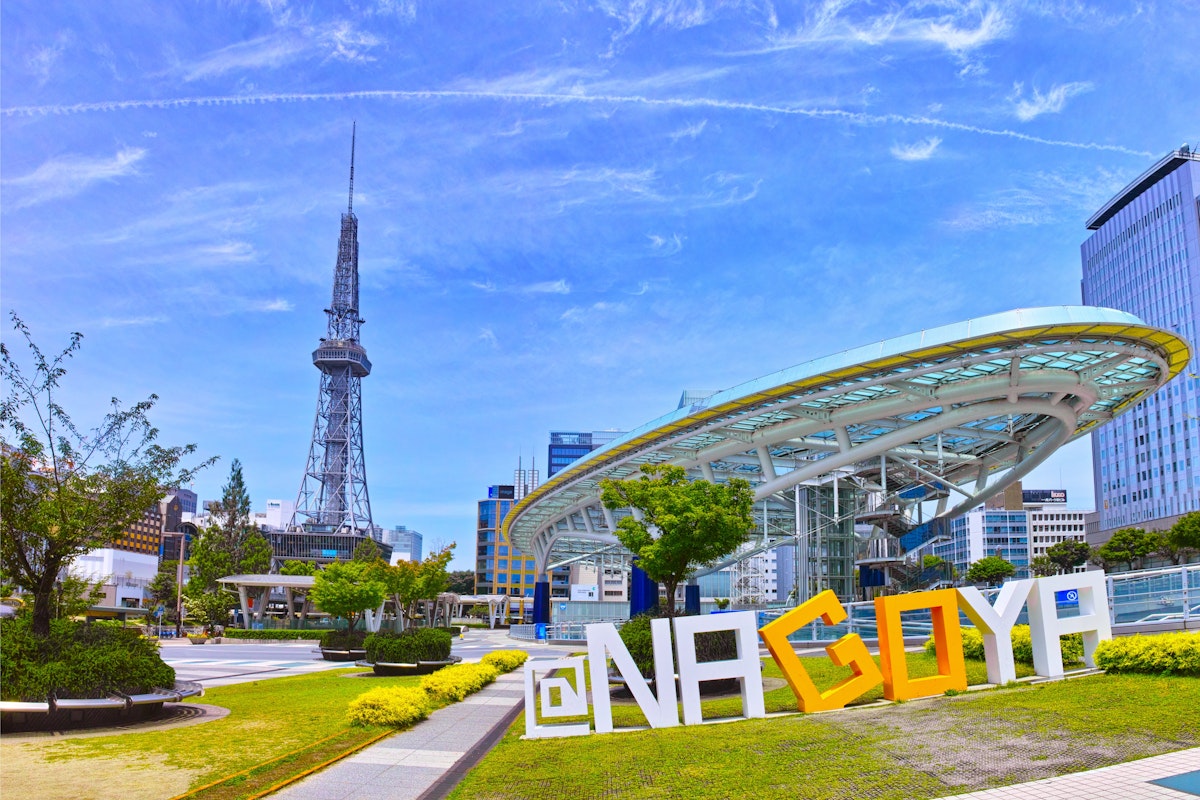
Traveling from Tokyo to Nagoya can be an exciting part of your trip to Japan, offering you various options depending on your time availability, budget, and preferences. The Tokyo to Nagoya bullet train and Tokyo to Nagoya Shinkansen are key travel options known for their speed, convenience, and efficiency.
Here’s a detailed look at the best ways to journey between these two major cities, providing you with practical insights and tips to enhance your travel experience.
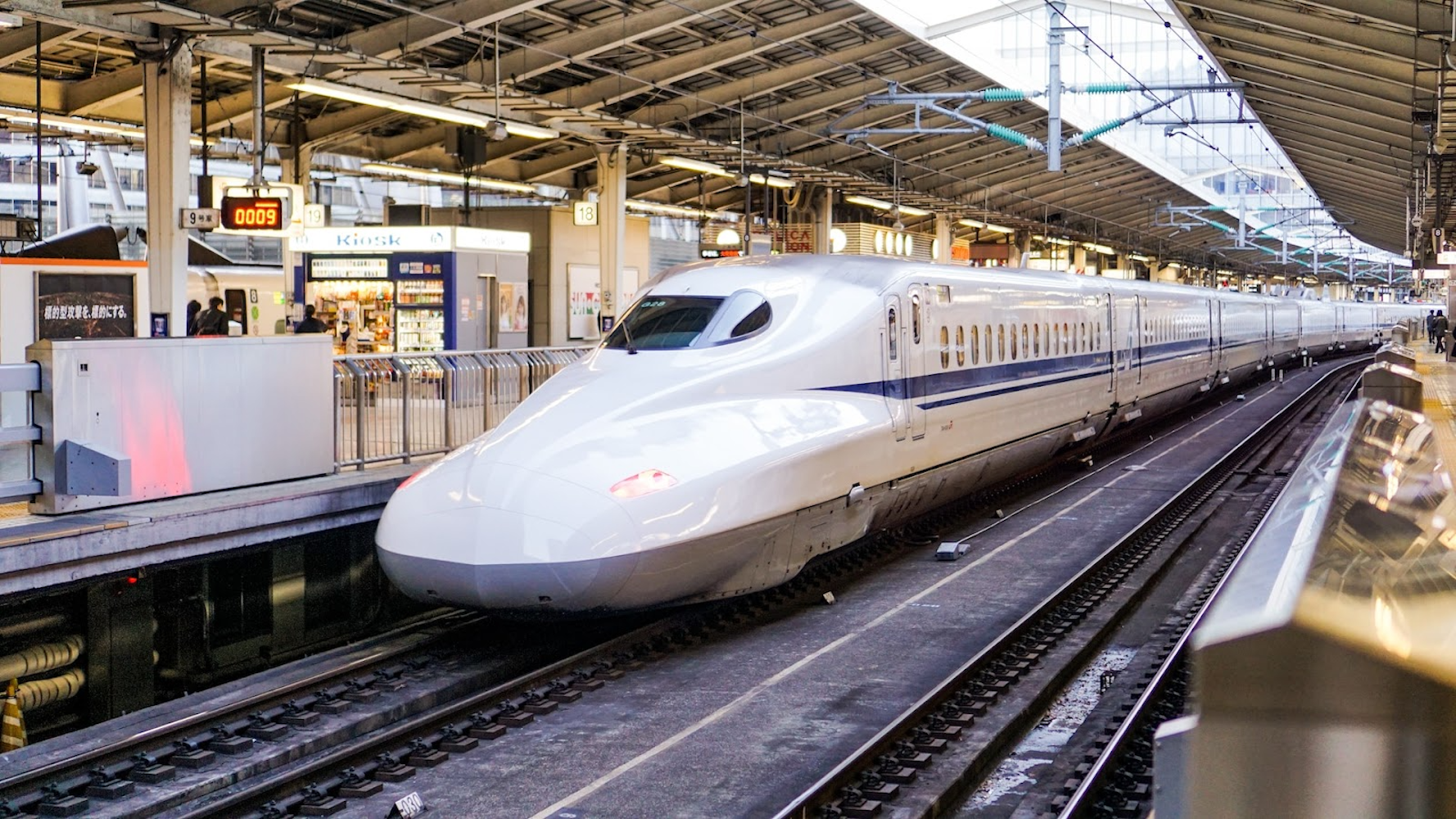
The Shinkansen, Japan’s famed bullet train, is the quickest and most convenient way to travel from Tokyo to Nagoya. This method is a favorite among travelers for its speed and efficiency.
Key Features:
Duration: Approximately 1 hour and 40 minutes.
Frequency: Trains depart every 10 minutes during peak hours.
Cost: Around 11,000 yen for a one-way ticket on the fastest Nozomi train.
Comfort: Offers spacious seating, Wi-Fi, and onboard services, including food and drinks.
Travel Tip: Booking in advance can secure you a reserved seat, which is particularly useful during busy travel seasons such as Golden Week or the New Year holiday.
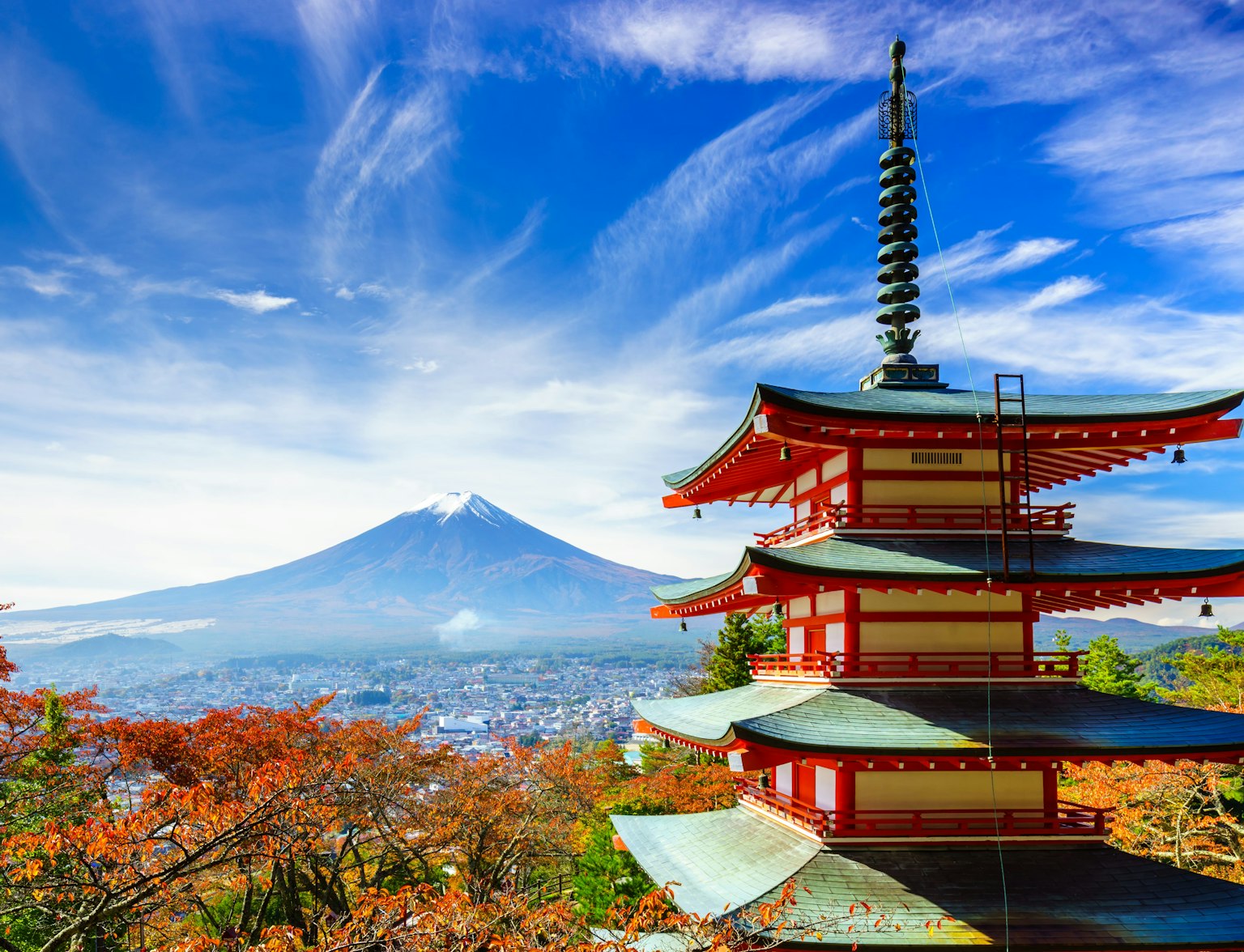
Discover Japan without limits with our all-access JR Pass!
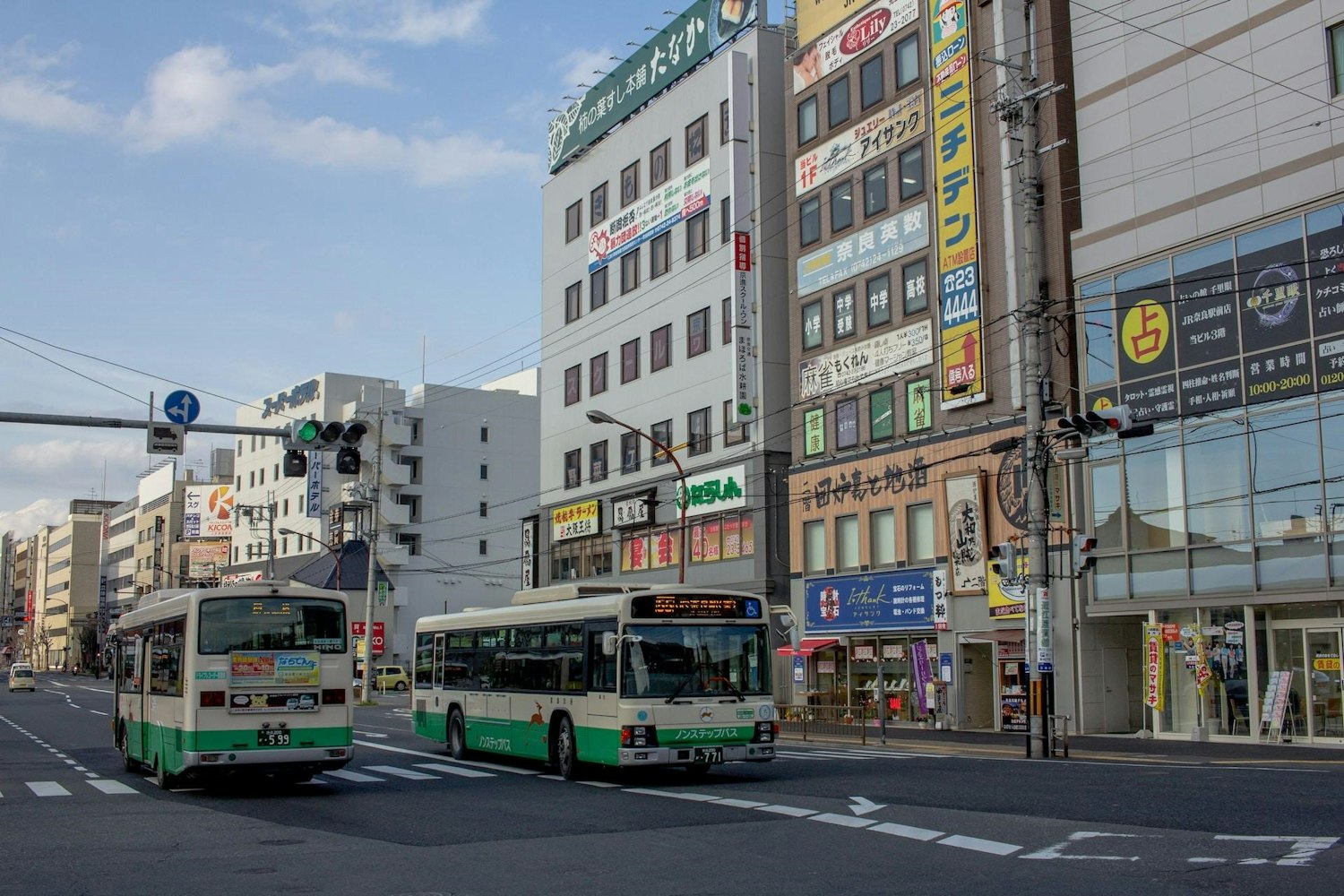
If you're not in a hurry and looking to save on travel costs, consider taking a highway bus. This is a great alternative with several benefits, particularly for budget-conscious travelers.
Key Features:
Duration: Takes about 5 to 6 hours.
Cost: Ranges from 3,000 to 6,000 yen, much cheaper than the bullet train.
Variety: Choices range from standard to premium buses, the latter offering more space and reclining seats.
Travel Tip: Night buses can save you a night’s accommodation, making them a smart choice if you’re trying to stretch your budget further.
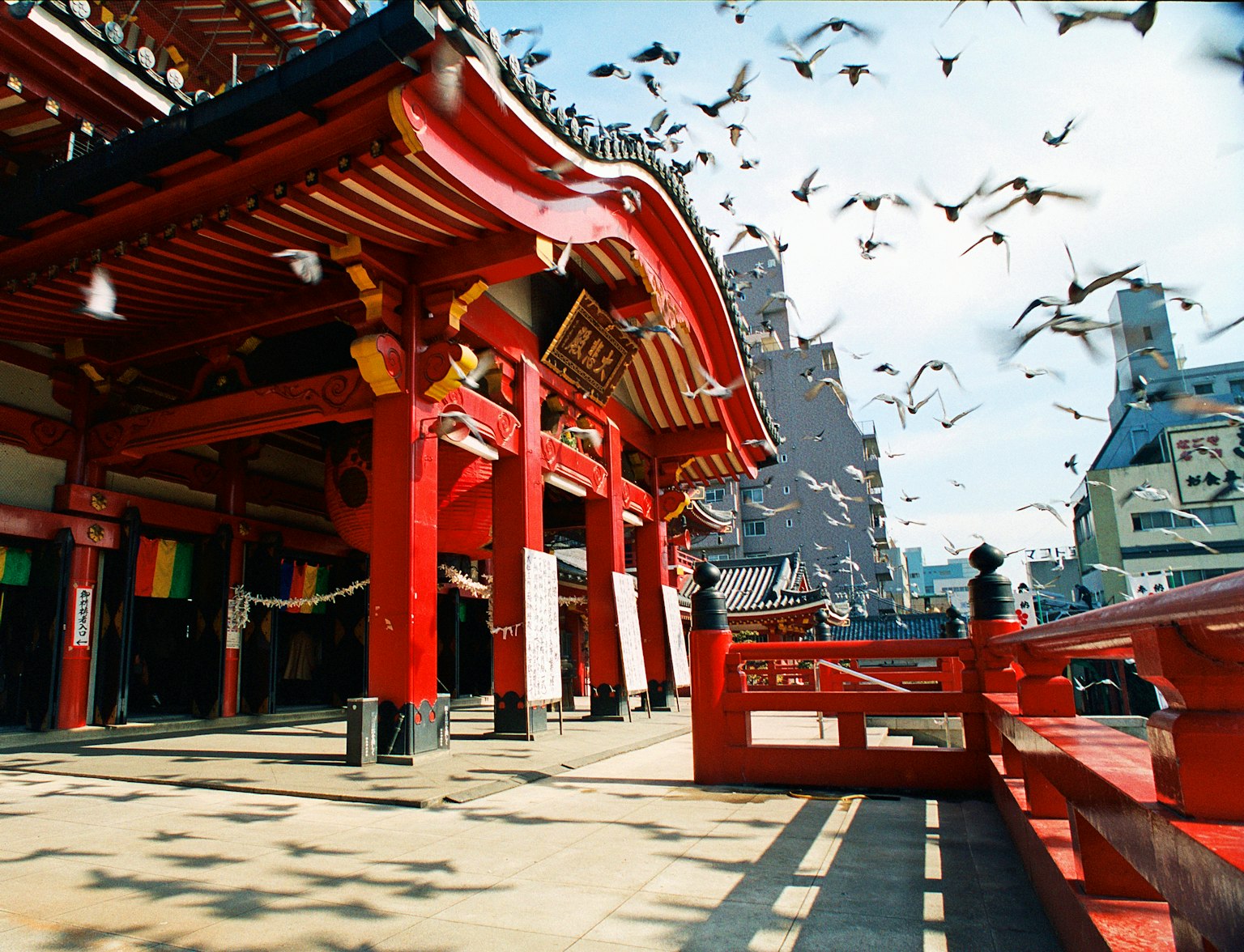
Embark on a private full-day Nagoya City Tour.
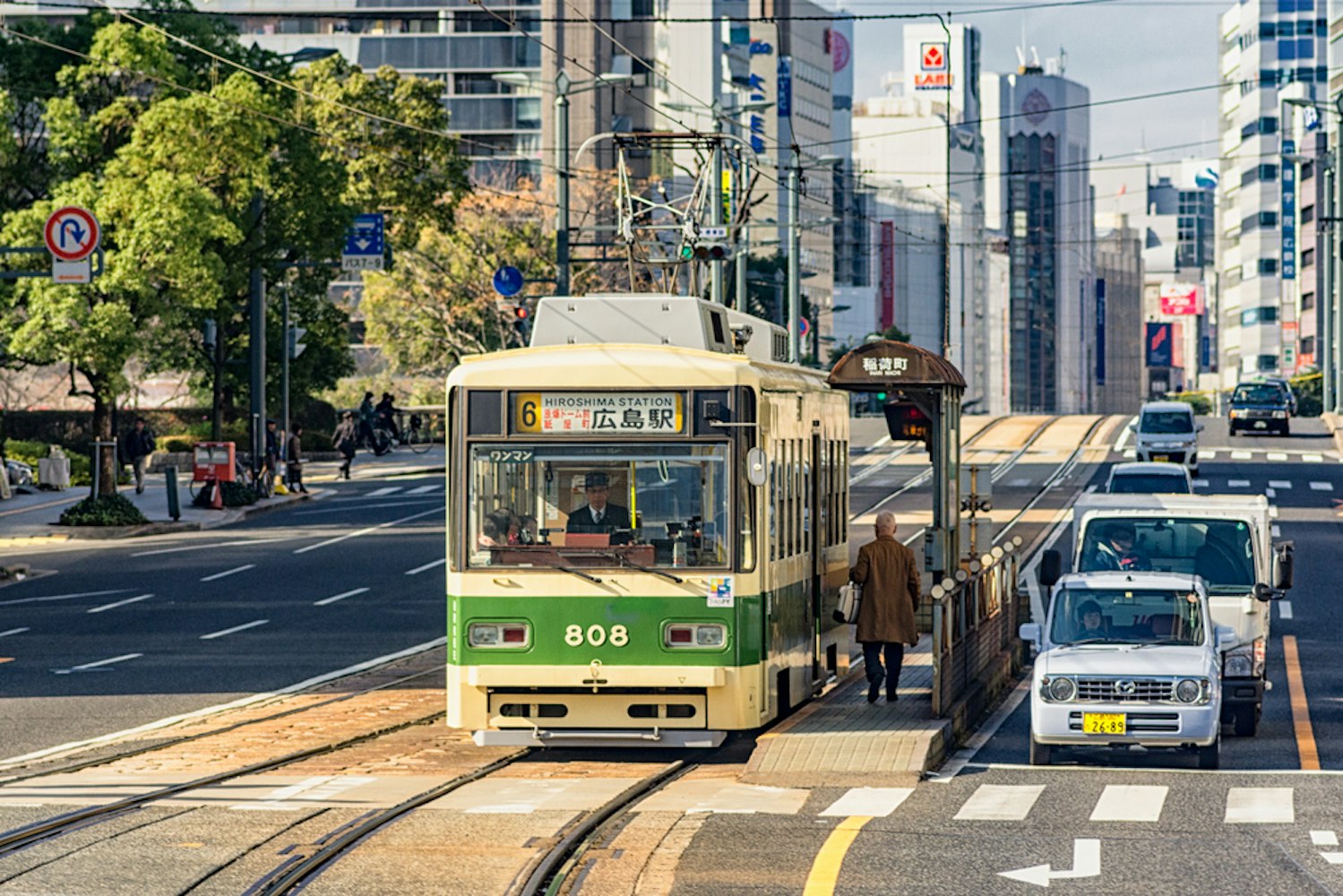
For those who prefer to see the countryside and are not pressed for time, local trains offer a scenic route through rural Japan. This is the most time-consuming option but can be a rewarding experience for the leisurely traveler.
Key Features:
Duration: About 6 hours with multiple transfers.
Train ticket Cost: Significantly cheaper, with fares as low as 2,000 yen.
Experience: Provides a closer look at Japan’s rural landscapes and local life.
Travel Tip: Ensure you are comfortable with the train schedules and have a clear understanding of transfer points to avoid any confusion during your journey.

Discover Nagoya's best foods in a 3-hour guided tour.

Flying may seem like the fastest option, but when you factor in airport transfers and waiting times, it might not save you as much time as expected.
Key Features:
Duration: 1 hour of flight time, but total travel time can be about the same as the Shinkansen when including transfers.
Airports: Flights depart from Narita and Haneda Airports in Tokyo and arrive at Chubu Centrair International Airport in Nagoya.
Cost: Generally higher than the Shinkansen, particularly if not booked in advance.
Travel Tip: Flights are best suited for travelers with proximity to airports or those on tight schedules that align with flight times.

Experience a Nagoya fish market like never before with this tour.
Renting a car offers flexibility to explore at your leisure, making stops and detours as you wish. This option is ideal for those interested in visiting less accessible attractions between Tokyo and Nagoya.
Key Features:
Duration: About 4 to 5 hours, depending on traffic.
Cost: Starts from 6,000 yen per day, plus tolls and fuel.
Flexibility: Allows for a personalized travel itinerary, visiting places off the typical tourist path.
Travel Tip: Familiarize yourself with Japanese road rules, and consider renting a GPS unit to navigate the routes efficiently.
Advance Bookings: Secure tickets or rental bookings ahead of time to avoid higher costs or sold-out situations. Tokyo Station is a key departure point for travelers heading to Nagoya, offering convenient and direct connections.
Luggage Solutions: Utilize luggage forwarding services to travel hands-free and enjoy your journey without the burden of heavy bags.
Off-Peak Advantages: Traveling during off-peak times can be quieter and sometimes cheaper, providing a more relaxed journey.
Local Advice: Engaging with local residents can offer insights into hidden gems and the best local dining spots.
Deciding how to navigate the route from Tokyo to Nagoya involves weighing factors like time, cost, and the overall journey experience. The Nagoya bullet train and Nagoya trains are efficient travel options, offering speed, convenience, and frequent departures.
Whether you opt for the efficiency of the bullet train, the savings of a bus, the views from a train seat, the speed of a plane, or the freedom of a car rental, each mode of transport serves different travel needs and preferences. Make your choice based on what matters most to you for a seamless and enjoyable trip.



